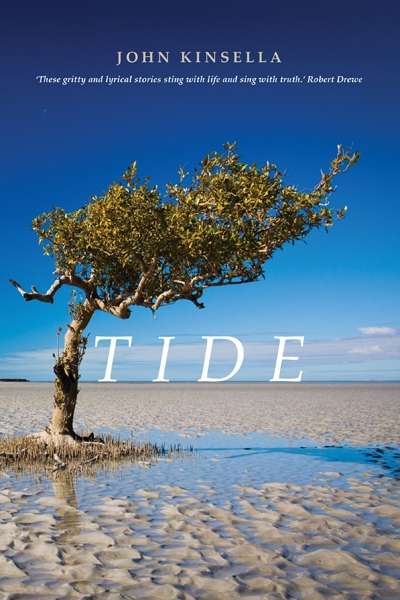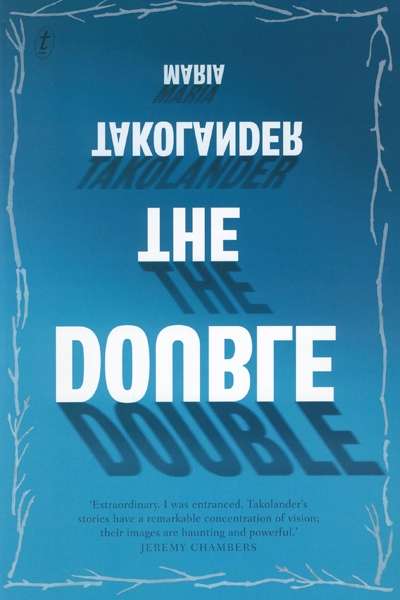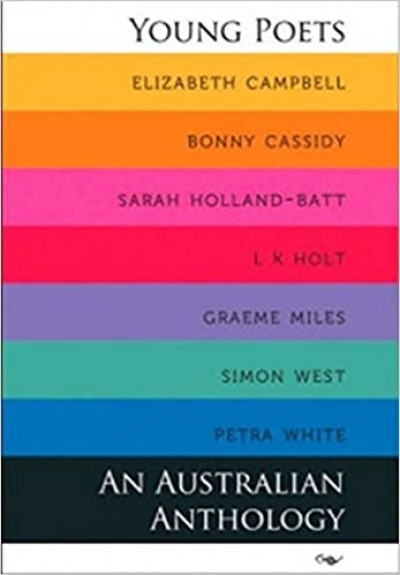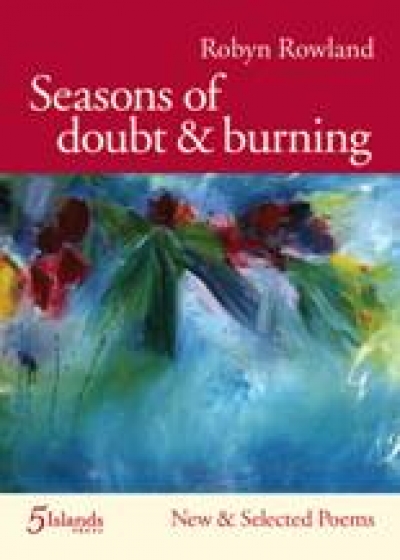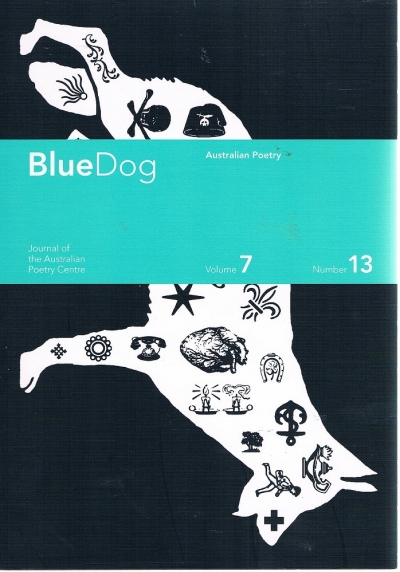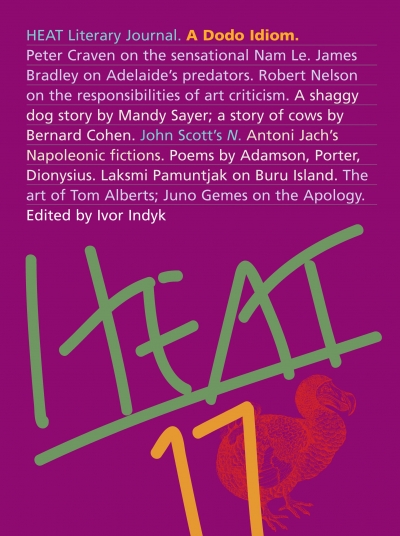Maria Takolander
What makes a story compelling? When I was an undergraduate student at Deakin University, I was fortunate enough to be instructed in fiction writing by Gerald Murnane. His key criterion for the worth of a story was its capacity to mark his memory with an enduring image. Over time he used to cull books from his shelves that failed to impress him in this way.
... (read more)legendary discovery by Sigismund Freud
(also known as Golden Sigi)
and
no other
Young Poets: An Australian anthology edited by John Leonard
Let us take a look at this place. Marshlands. All the way to the horizon. The land drained, but nevertheless sinking. Sinking into nothing, nothing but itself. Frogs volleying noise in the grass unseen. The hazy movement of mosquitoes low to the ground. On a blade of swamp grass a sleek cricket. Blacker than night and – look closely – its antennae twitching. Just think: there must be more of those creatures, in their thousands, perhaps millions, hiding in the swamp grass as far as your eye can see.
... (read more)Seasons of doubt & burning: New and selected poems by Robyn Rowland
I worked for a while with the second cousin of an acquaintance of the notorious Minean nationalist poet, H ...

